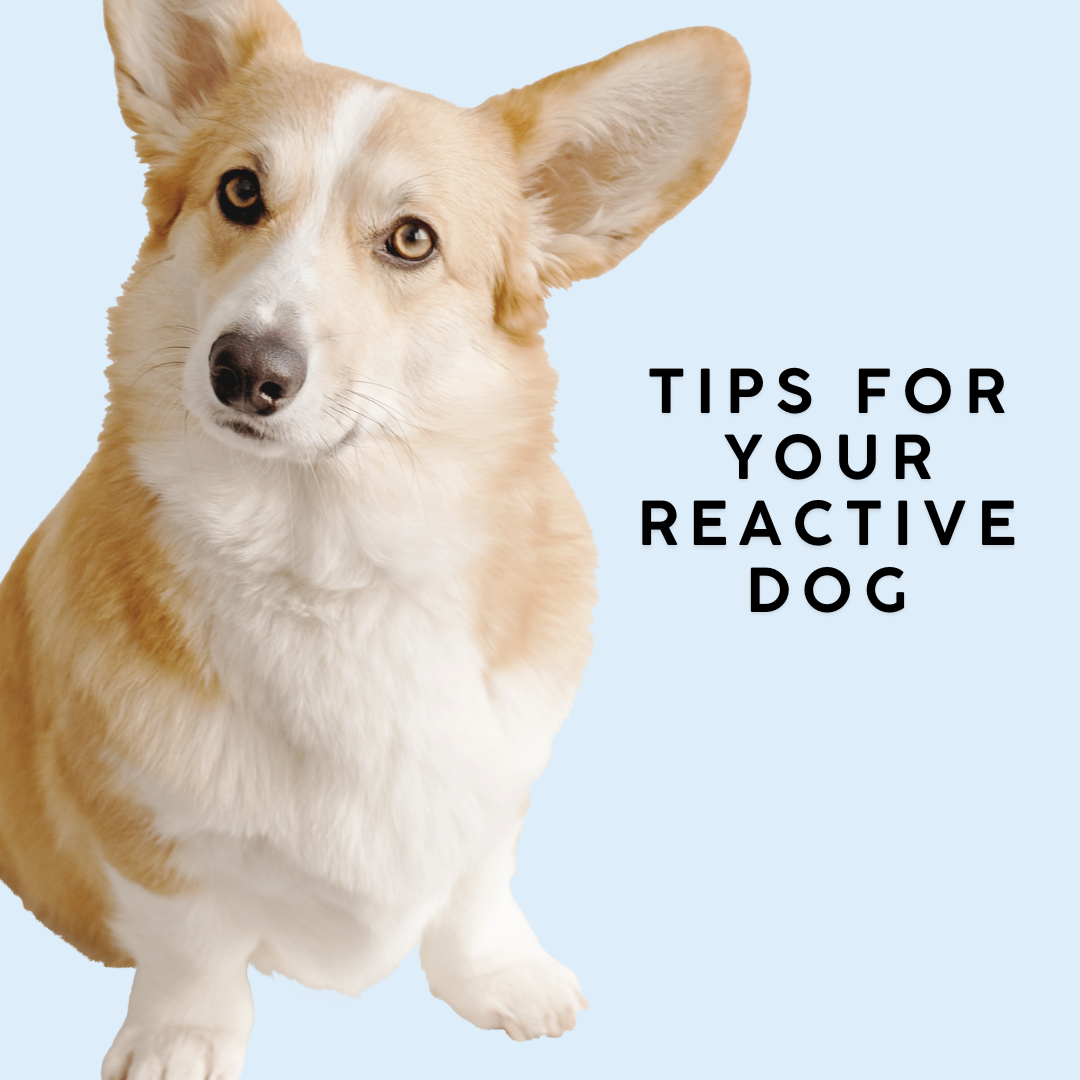
Top Tips for Reactive Dog Owners: Real-Life Support for Real-Life Dogs
Share
Living with a reactive dog isn’t easy — and if you’re tired of sugar-coated advice that doesn’t hold up in real-world situations, you’re not alone. Maple was an incredibly dog reactive dog when we adopted him and he now lives with his big sister Syrup who is a greyhound! The hard work pays off we promise and you are an incredible person for advocating for your dog!
Whether your dog reacts to other dogs, strangers, or new environments, reactivity is often rooted in over-arousal, fear, or frustration. Managing it takes patience, consistency, and the right tools. We’re here to share balanced, realistic tips that can actually help — from trainers who work with dogs as they are, not as we wish they were.
1. Know Your Dog’s Triggers
Reactivity doesn’t come from nowhere. Start by identifying what sets your dog off — other dogs, fast-moving people, sudden sounds? Once you know their triggers, you can work on controlled exposure with appropriate space and structure.
Pro Tip: Balanced trainers like SolidK9 Training and K9 Training Institute often recommend starting at a distance your dog can handle before gradually closing the gap through desensitization.
2. Advocate for Your Dog
You don’t owe anyone access to your dog. If your pup isn’t comfortable meeting strangers or other dogs, it’s perfectly okay to say “no.” Move aside, use your body to block interactions, and don’t be afraid to speak up.
“Neutrality is more important than friendliness,” says Jeff Gellman, a balanced trainer with decades of experience helping reactive and aggressive dogs.
3. Use Tools That Give You Control
A reliable leash and solid gear are essential — especially if your dog has a tendency to lunge or pull. At Lucie & Co, we recommend our Biothane leashes for their durability, grip, and easy-clean design. Balanced trainers also commonly use prong collars, e-collars (when introduced properly), and structured gear to improve communication and safety.
Remember: tools are not shortcuts — they’re communication aids. Used correctly, they create clarity and calmness, not pain.
4. Teach Structured Walking
Loose-leash walking is about more than just not pulling. It’s about mental focus and direction. A structured walk — with rules, rewards, and accountability — can dramatically reduce reactivity. Start the walk with a calm mindset, don’t allow sniffing right away, and reward focus with your movement and praise.
5. Celebrate the Small Wins
Progress with a reactive dog is not linear. One great walk doesn’t mean it’s “fixed” — and that’s okay. Celebrate tiny victories, like walking past a barking dog without a reaction, or holding focus around a distraction.
Balanced training isn’t about suppressing behavior — it’s about building better communication, clearer leadership, and trust over time.
Reactive dogs need more than “positive vibes.” They need structure, direction, and owners willing to lead. With the right tools, mindset, and support, you can absolutely help your dog feel calmer and more in control — and enjoy stress-free adventures together.
Explore our durable, stylish Biothane leashes here.


